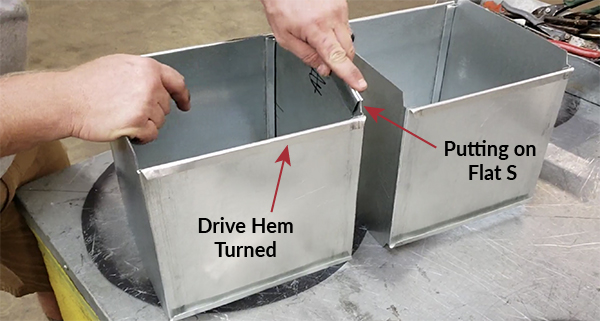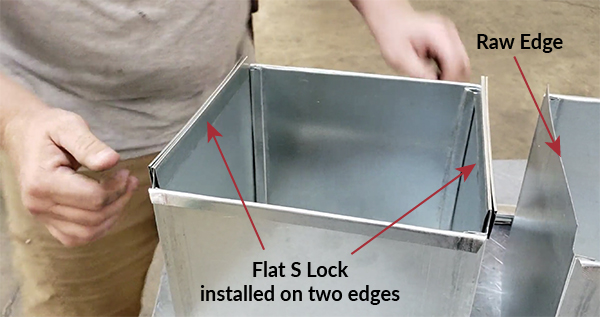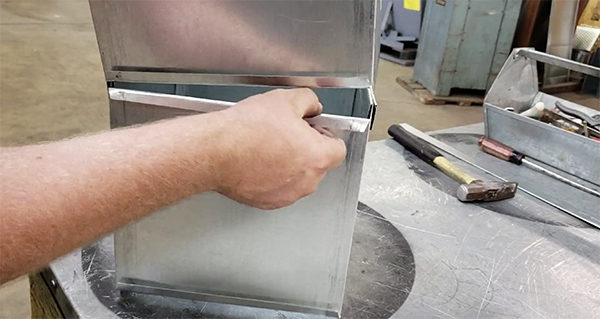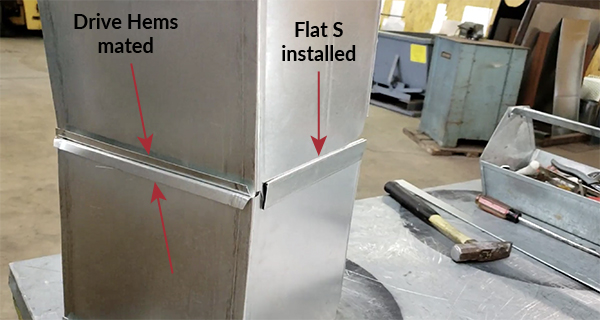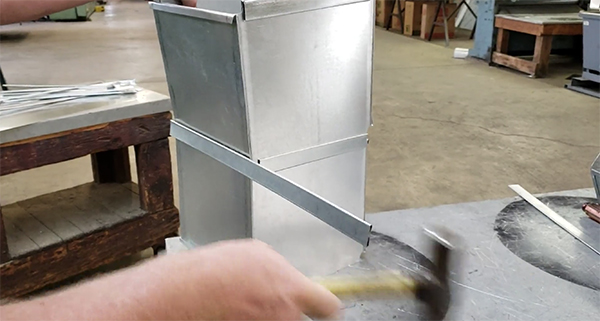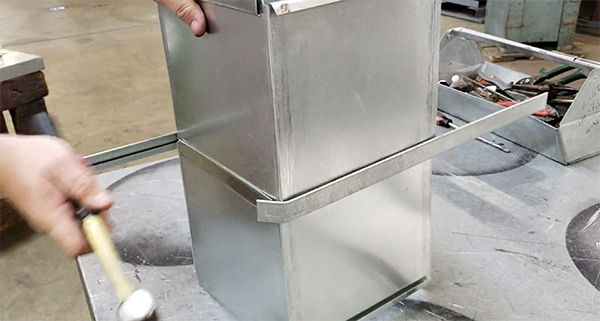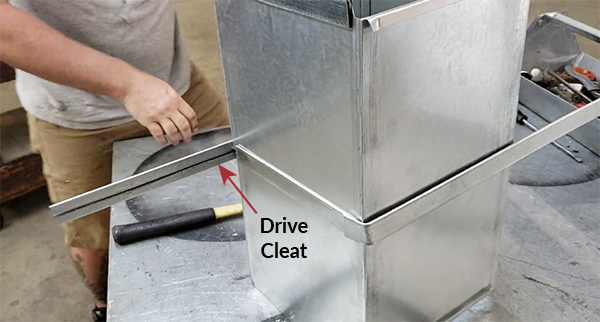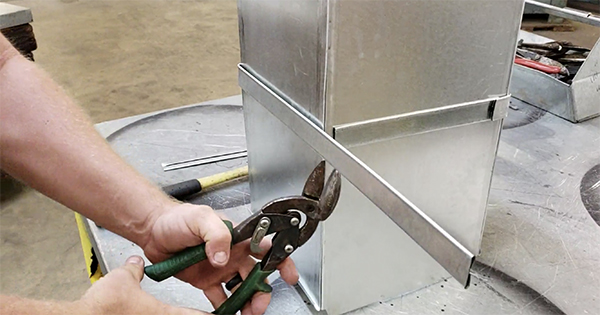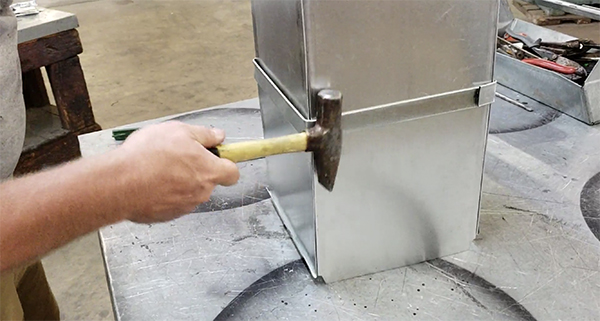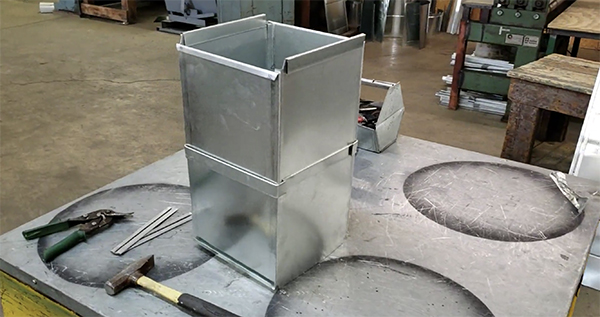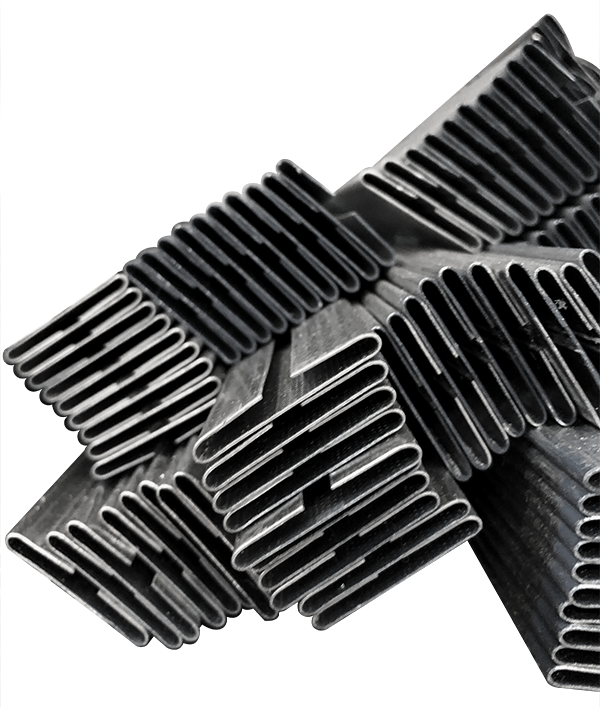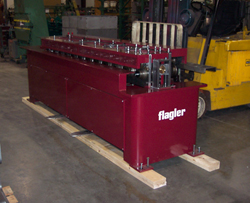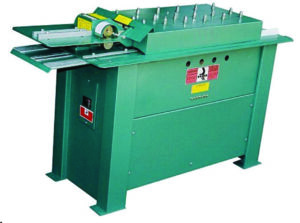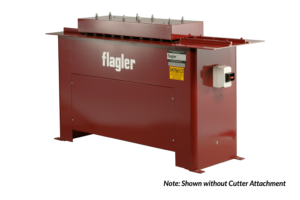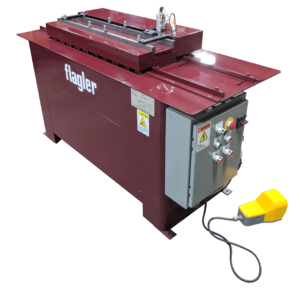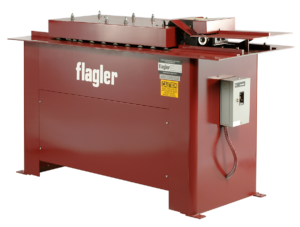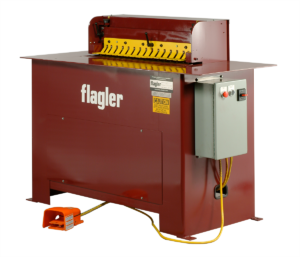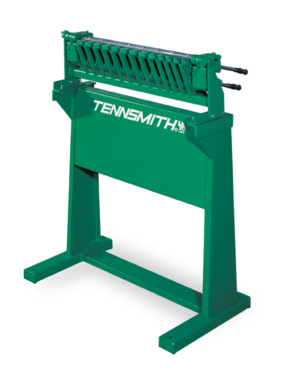Slip & Drive Duct Installation
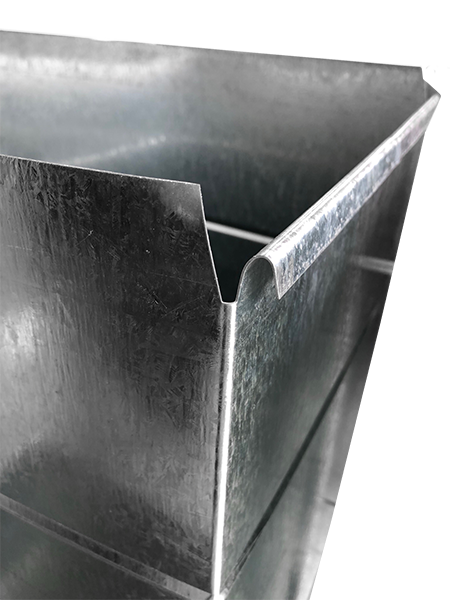
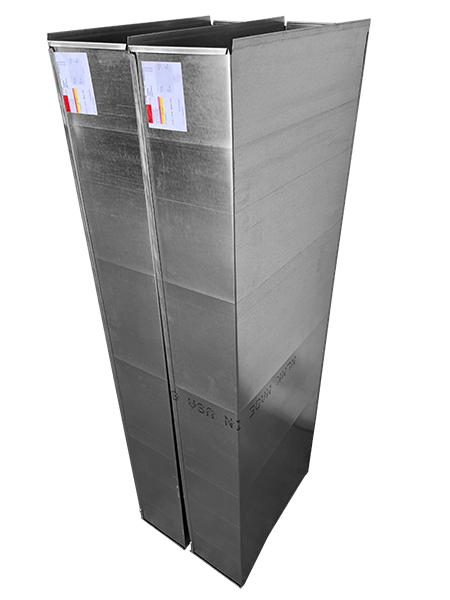
In low pressure duct, the standard means of connecting two assembled rectangular duct sections at the transverse joint (end to end) is the Flat S Lock and Drive Cleat. The Flat S is used on the bottom and top of duct (the long side) and the Drive Cleat is used on the left and right sides (the short side).
It’s rare to witness the installation of Slip & Drive Duct because it’s always connected on the job site, usually in the air. This instruction video, courtesy of Brian Campbell was made just to demonstrate to us how it’s connected.


